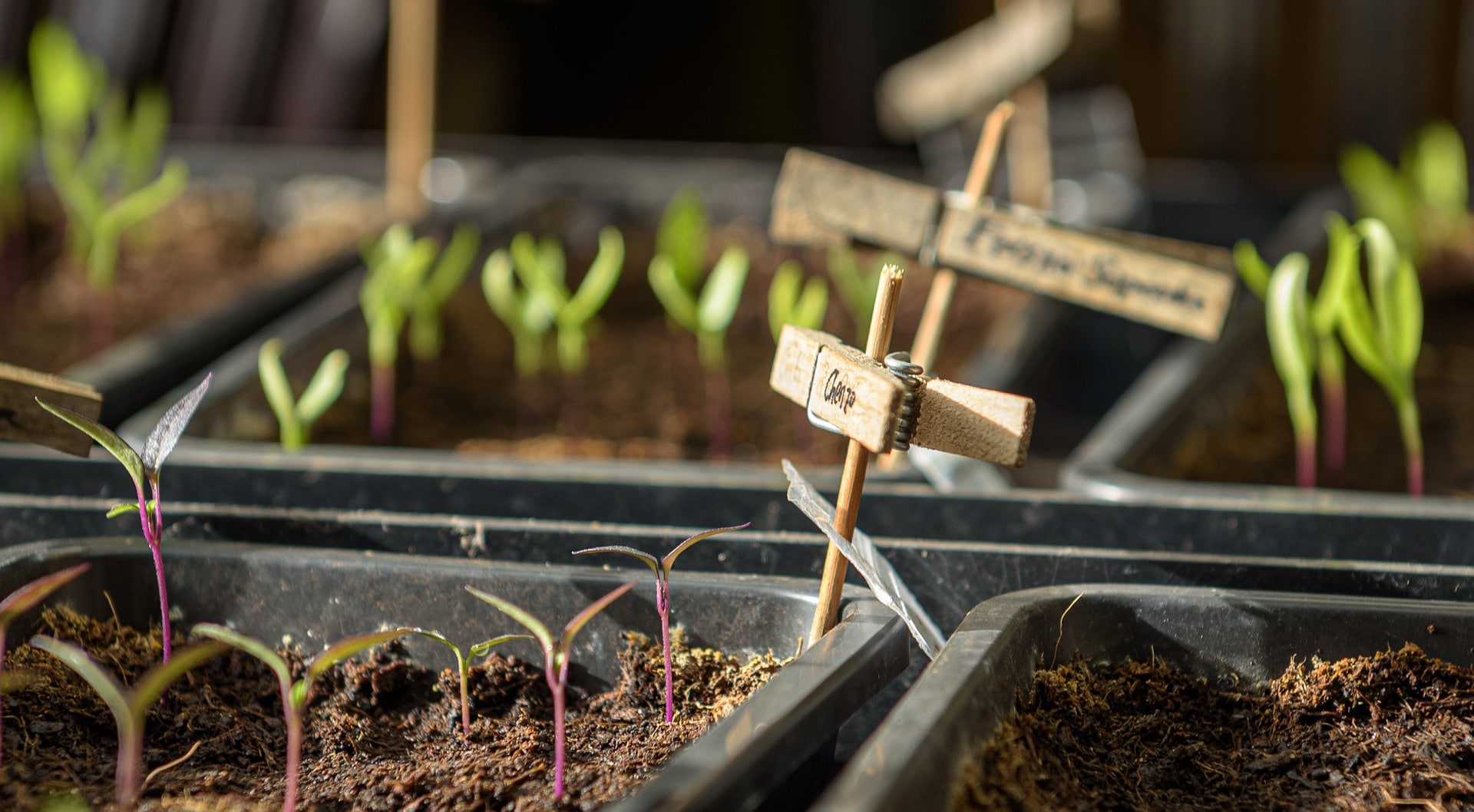In general, the answer to how long plants can stay in different sized trays depends on their growth. Check your plants if they have grown their set of true leaves, and this shall signal that they are ready for planting. Gardeners’ common mistake is that they assume the seedlings have developed their true leaves, but they are only seed leaves, so you must distinguish between the two.
The Minnesota State Horticultural Society emphasizes never to transplant your seedlings until they have developed true leaves. This is the same concept you’ll apply to know how long your plants will stay in trays. To help prevent transplant shock and drawbacks, you can also start your plants in the greenhouse to ensure that they’ll grow strong for transplanting.

Do You Know How Long Plants Can Stay In Different Sized Trays?
As mentioned earlier, true leaves’ growth dictates when it’s time to move your seedlings from their tray. Therefore, this makes the timing varying for different plants and saying a specific period of stay in different sized trays will be impossible. Additionally, it’s worth noting the size and type of tray you’re using as well to know how long plants can stay in it.
One of the most common ways of starting seedlings is in a flat. And depending on the tray size, they can stay longer or shorter in it. Simply put, a bigger flat means a more extended waiting period compared to a smaller tray.
You can quickly know the reason behind this since plants have spacing requirements. The bigger the plants are, then the sooner they will outgrow the tray and require transplanting. Remember that the more room or bigger tray cell you have, the longer the plants can stay in different sized trays.
What Is Potting On?
When starting plants, you have probably heard of university extensions mentioning the terms, potting on, and pricking out. When potting on seedlings, you are giving the plants more space in their existing container, which can be pots or modular trays. This way, they’ll have enough room for their roots to ensure proper growth and development.
Let’s say you want to pot on seedlings in modular trays. You can efficiently and safely take the seedling out by pushing beneath the tray. This will loosen the root ball of your seedling, and you’ll be able to take it out of the tray.
Remember that you must only handle the seedlings by the root ball as they are vulnerable to injuries. Unlike mature plants, the stems of seedlings are too fragile that even a gentle pinch can damage them.
What Is Pricking Out?
Another common term besides potting on is pricking out seedlings. To put it simply, this is the process of moving seed trays to modular trays or bare-root seedlings to larger pots. This way, you’ll be growing the seedlings individually instead of by clumps.
But as mentioned previously, seedlings are fragile, so only prick them out when they are large enough to handle. Ensure that you have also prepared the new modular or plug tray beforehand with a peat-free potting mix. The surface should be firm, and it’s better if your seedlings’ roots retain their original potting mix after teasing them apart.
It would be best if you didn’t also rush in pricking seedlings by big batches, so the roots don’t dry up. Make a hole in the new potting mix using a pencil and gently lower the roots inside. Firm the area around the plant, and you can also bury some part of the stem to support leggy seedlings.
And lastly, don’t forget to water your plants to help them get healthy.
How To Transplant Seedlings
Now that you know how long plants can stay in different sized trays, you should also learn to transplant itself. Remember that you’re moving fragile seedlings from a seed tray, which means every action can affect their survival later on. For starters, never grab the seedlings by their stems when handling them, as mentioned in potting on and pricking out.
Tap the bottom of the tray instead of removing the whole seedling with the soil and roots intact. It’s ideal for getting the roots with dirt around them to avoid potential damages. Additionally, gently unwind the roots if they are twisted around the soil, so they are all facing outward for easier transplanting.
Seed leaves vs true leaves
Let us now talk about identifying true leaves. Remember that the first ones that will develop are the cotyledons or seed leaves. Be careful not to transplant your seedlings when they haven’t developed their true leaves yet.
Identifying true leaves lets you know that the plants can handle transplanting because they’ll be mature enough at this point. Compared to seed leaves, the true leaves look like smaller versions of the adult leaves that you might even see ridges and hairs. Seed leaves, on the other hand, look smoother and less detailed and are commonly located near the base of the seedling’s stem.
Conclusion
It can be nerve-wracking to transplant, pot on, or prick out seedlings. And to guarantee success, you must know how long plants can stay in different sized trays. Two considerations can affect their duration of stay.
First, your seedlings can leave their starting tray when they’ve developed true leaves. Second, if the tray they are in are small, then transferring them will be sooner. You’re both looking at the plants’ maturity for transplanting and if their tray can still accommodate their growth.
